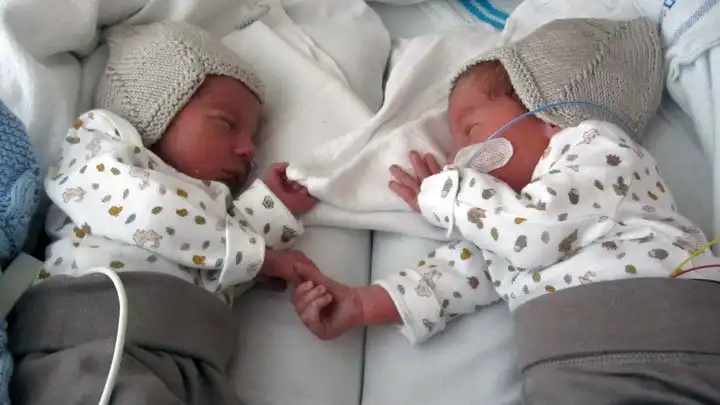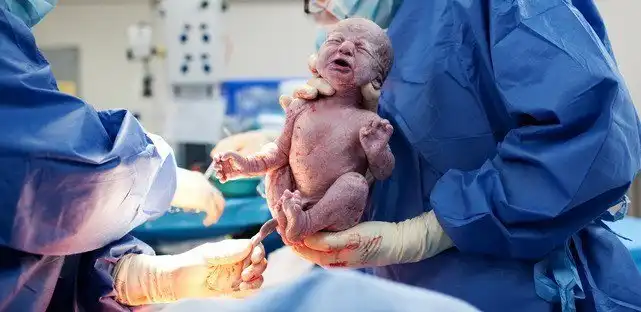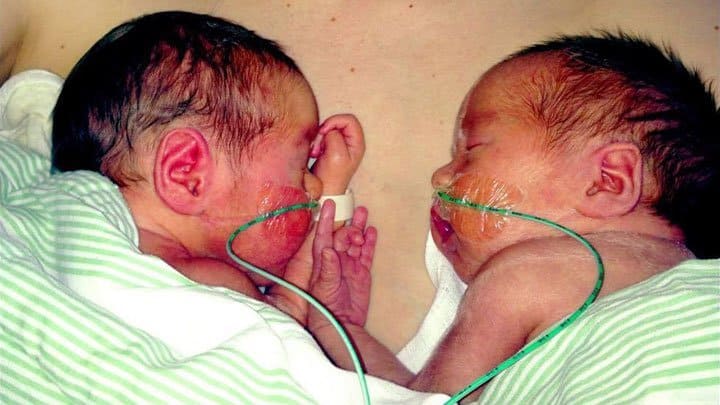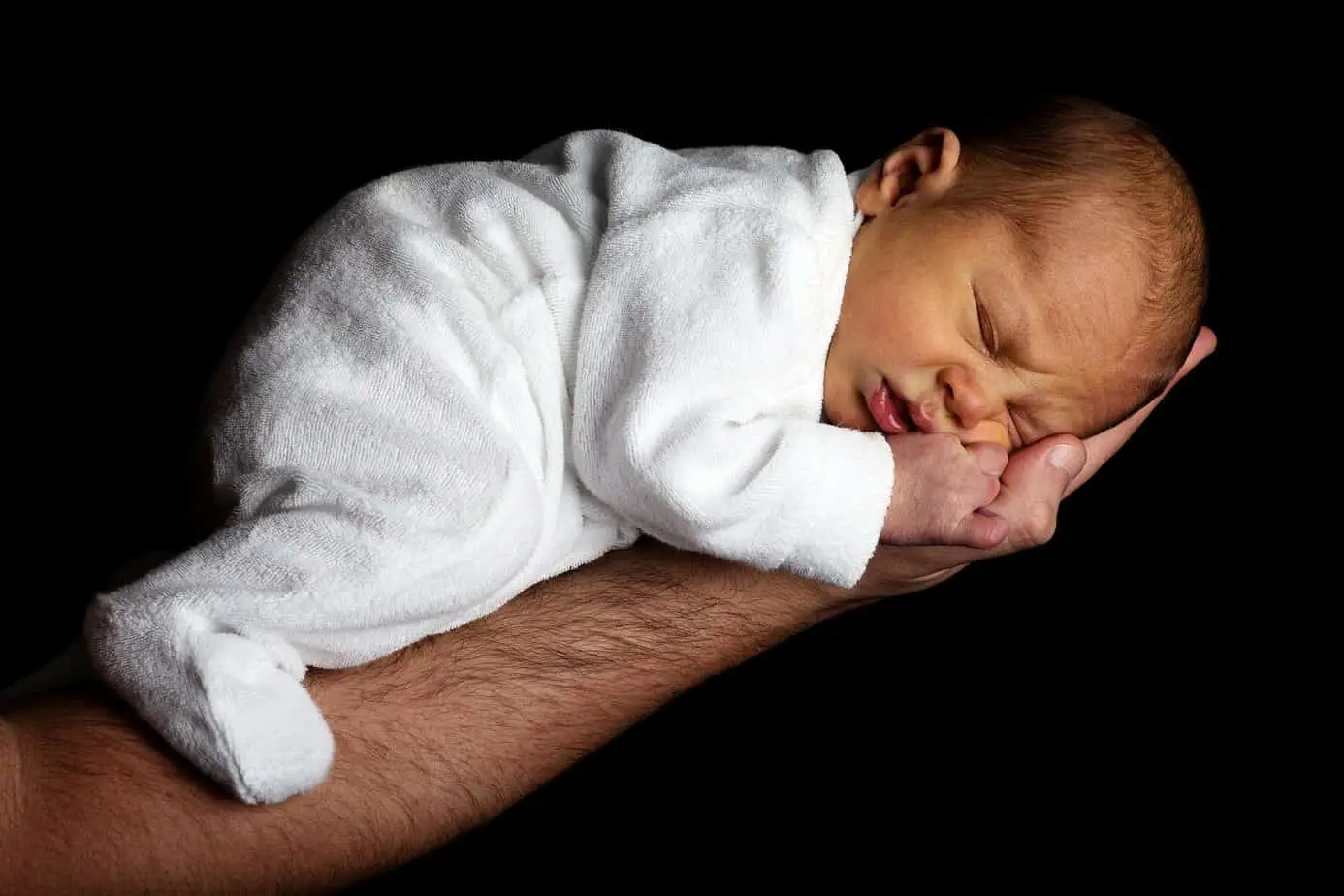Types of Twins: Several Different Twin Types
Types of twins
Identical twins / one-egg twins
Identical twins are also referred to as monozygotic twins or one-egg twins. They are the result of a single egg, fertilized by a single sperm cell.
Very early in development, the egg divides, resulting in two individuals with the same DNA. Even though they may look identical, they have their own unique traits. This is due to various growth conditions in the womb.
About 25 percent of all identical twins may be mirror twins. They are a subset of identical twins and are identical twins with opposite features. These mirrors are reflections of each other which means that the left side of one twin, matches the right side of the other twin.
They may possess matching or almost matching fingerprints and share the same DNA. Organs and birthmarks can be placed on opposite sides of their bodies and one twin may be right-handed, whereas the other is left-handed. They result from a late split of the fertilized egg.
There are some patterns of identical twinning that are exceedingly rare: in extremely rare cases twins that stem from one egg have been born with opposite sexes. The probability of this is extremely small – multiples having different genders is universally accepted as a sound basis for a clinical determination, that multiples do not stem from one egg.
Learn more about identical twins with different genders.
Conjoined twins
Conjoined twins are also referred to as siamese twins. Conjoined twins are identical twins whose bodies are joined together at birth. This occurs when the fertilized egg fails to separate completely because they split very late in development. Most conjoined twins are also mirror twins.
There is a type of conjoined twin that is sometimes referred to as parasitic twin. The condition is called Twin Reversed Arterial Perfusion (TRAP). Parasitic twins develop asymmetrically, with a smaller, less formed twin dependent on the stronger, larger twin.
A variation of parasitic twinning is a fetus in fetu, where an abnormally formed mass of cells grows inside the body of its identical twin. It survives during pregnancy, and even occasionally after birth, by tapping directly into the blood supply of the host twin.
Fraternal twins / two-egg twins
Fraternal twins are also referred to as dizygotic twins, non-identical twins or two-egged twins. They develop from two different eggs; each is fertilized by separate sperm cells.
They share approximately 50 percent of their genes, similar to any other siblings born at different times, who have the same biological mother and father. This means, that the chances of them looking alike are the same as the likelihood of any other siblings.
They may look very much alike – or they may look very different. Fraternal twins can be either gender or a combination of boy and girl.
There are some patterns of twinning that are exceedingly rare. In rare cases, a woman’s eggs are fertilized at different times with two or more acts of sexual intercourse. This is known as superfetation and occurs when a woman continues ovulating after becoming pregnant.
There have also been instances of fraternal twins with different fathers. This occurs when a woman releases multiple eggs and has sexual relations with more than one partner.
If an egg is fertilized by sperm from one man, and then another egg is fertilized by sperm from another man, the result is fraternal twins with different fathers.
This phenomenon is termed heteropaternal superfecundation and these fraternal twins are genetically half-siblings and share approximately 25 percent of their DNA.
Semi identical twins
Semi identical twins are also referred to as polar body twins or half identical twins.
Semi identical twins are types of twins, who share half their genes in common from the mother and the other half different from two separate sperm cells. This occurs when two sperm fertilize one egg, which then later splits.
They share some features of identical twins and some features of fraternal twins. These twins will look very much alike but aren’t a 100 percent DNA match.
An embryo created this way doesn’t usually survive, but a few cases are known.
Mixed chromosome twins
Mixed chromosome twins are also referred to as chimeras.
In human biology, a chimera is an organism with at least two genetically distinct types of cells – or, in other words, someone meant to be a twin. But while in the mother’s womb, two fertilized eggs fuse, becoming one fetus that carries two distinct genetic codes – two separate strands of DNA.
Some individuals have been identified to have more than one distinct red blood cell type and individuals have been born, who are both female and male.














